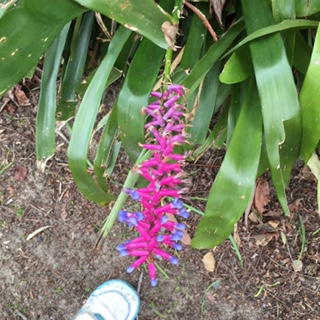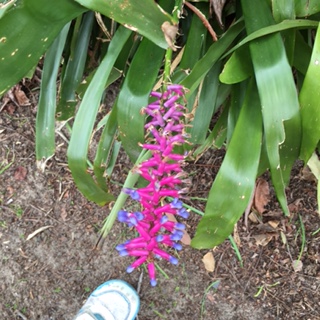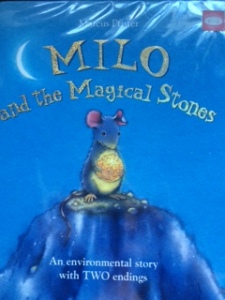You might be wondering why a blog post about numeracy when this blog is all about books?! Literacy and numeracy are closely linked especially in the early years of learning. We need to develop language skills in order to develop numeracy skills and many picture books can provide great language opportunities. However, in this post I am going to share some other ways you can link numeracy at home.

Some simple numeracy activities for the above picture: Counting petals, counting the number of flowers, measure the length of a leaf with shoes, Which leaf is the longest? shortest? Which is the furthest away from my foot?
So – Do you have a child who is not interested in numeracy?
You’re not alone – there are many different things you can do at home to encourage your child to enjoy numeracy. It is important to note that numeracy isn’t just about counting, it is also about problem solving, interpreting data, understanding patterns and developing perseverance.
The NSW mathematics syllabus is broken down into many different parts and as parents we can start to expose our child to the different parts of this curriculum through play and incidental learning opportunities.
What can you do?
- Starting with the basics – counting. Count toes, pieces of food, leaves, toys etc. Make it real. There is no point just counting to ten if your child has no correspondence as to what they are actually counting.
- Explore shapes. Draw shapes on paper, make them with rocks, create a circular train track or a triangular shaped sandwich. Ask them which shapes are similiar and which are different – this will encourage problem solving and analyses of the world around them.
- The language of numeracy is very important so using words such as big, bigger and biggest, who is taller? Which toy is thinner? Who came second etc. Without a strong language base in numeracy children can have difficulty learning new concepts.
- When chopping food – ask your child to help chop something in half or quarters. This can be quite a difficult concept to understand so different hands on experiences will help.
- Measure things around the house or playground – but not with a ruler – use shoes, string, pencils or bananas! It is important we allow our children to have fun while they learn and through this fun play they are learning! All new concepts for children should begins with informal learning activities. Through this measurement activity they are developing their confidence to measure something so that when they are confronted with mm, cm and metres they will be not be confused or lack confidence.
Now all of these activities can be done anywhere and anytime. As parents we need to make learning fun and informal. So try to embed simple numeracy activities into your everyday lives and take less focus off the counting from 1-10 and more on the doing part of numeracy. Watch your child play, build or do puzzles and ask them questions: How many more to you need? What will fit there? Which is bigger? What size are they? Which one is half as long as the other?
Approach mathematical learning as one which can happen in every day activities – don’t stress about it but look for opportunities you can highlight it.


